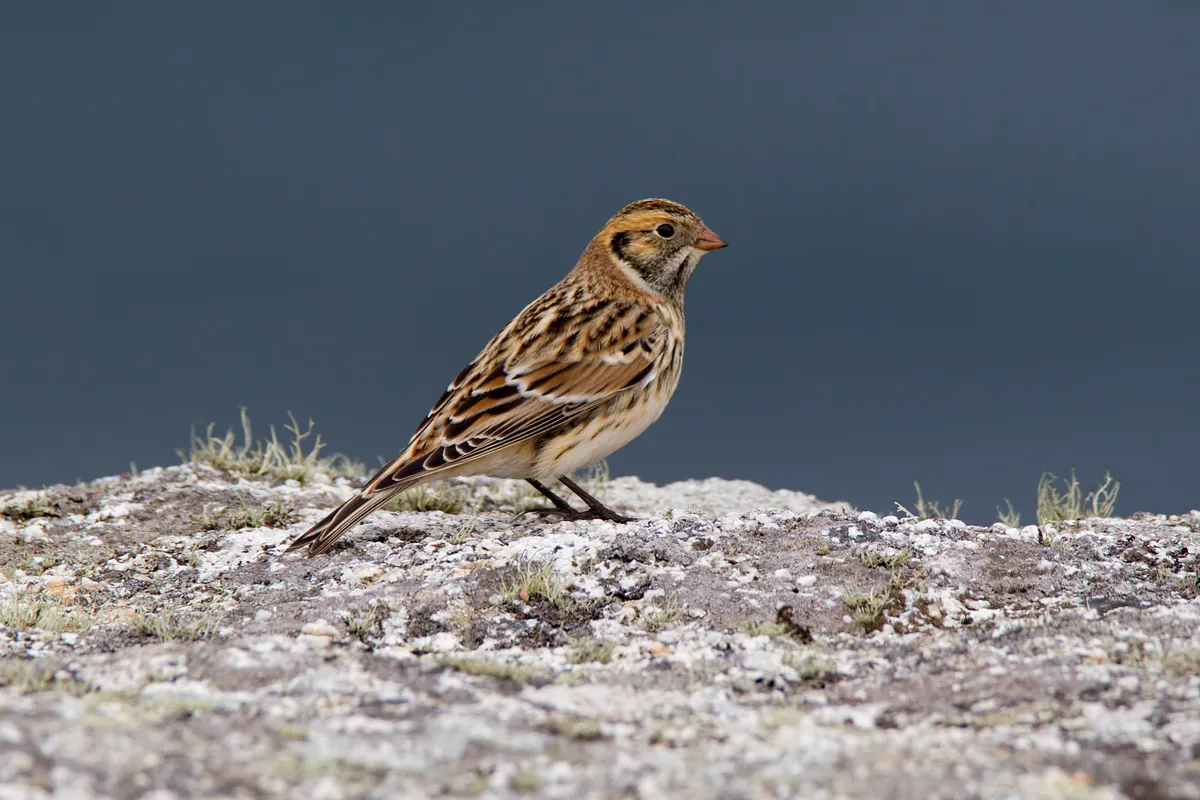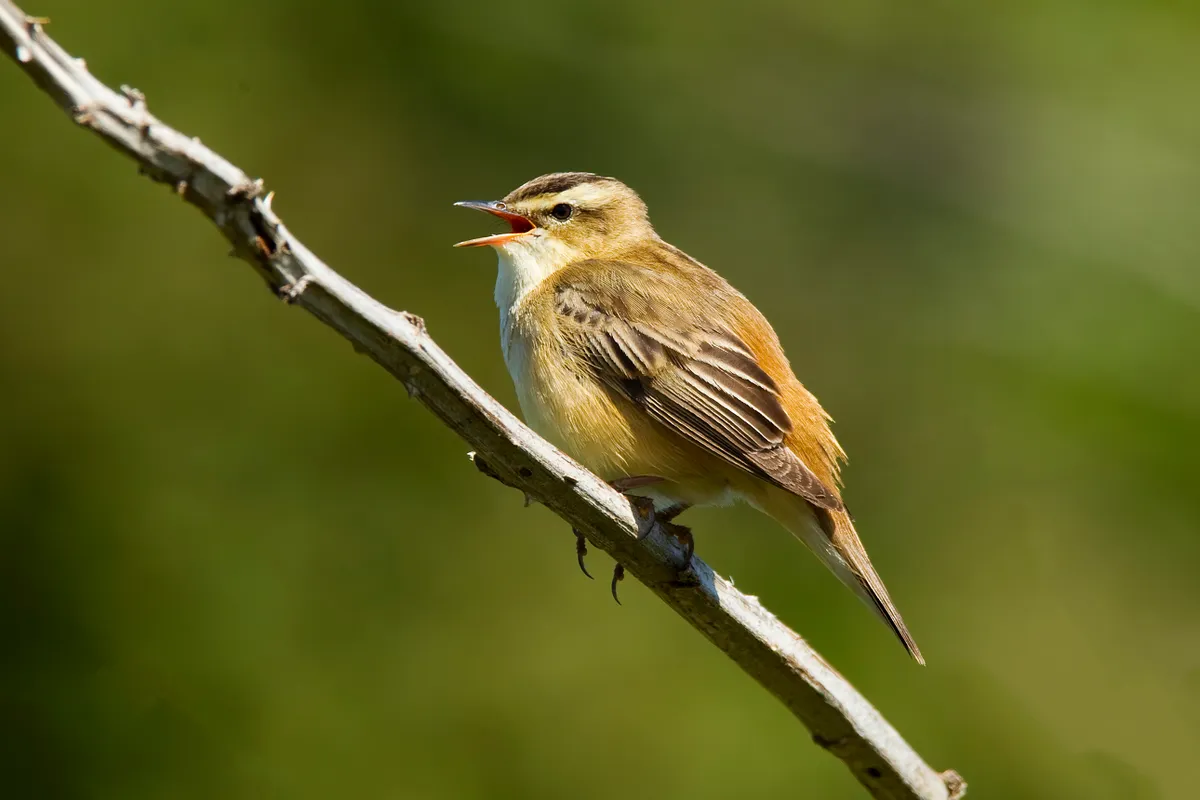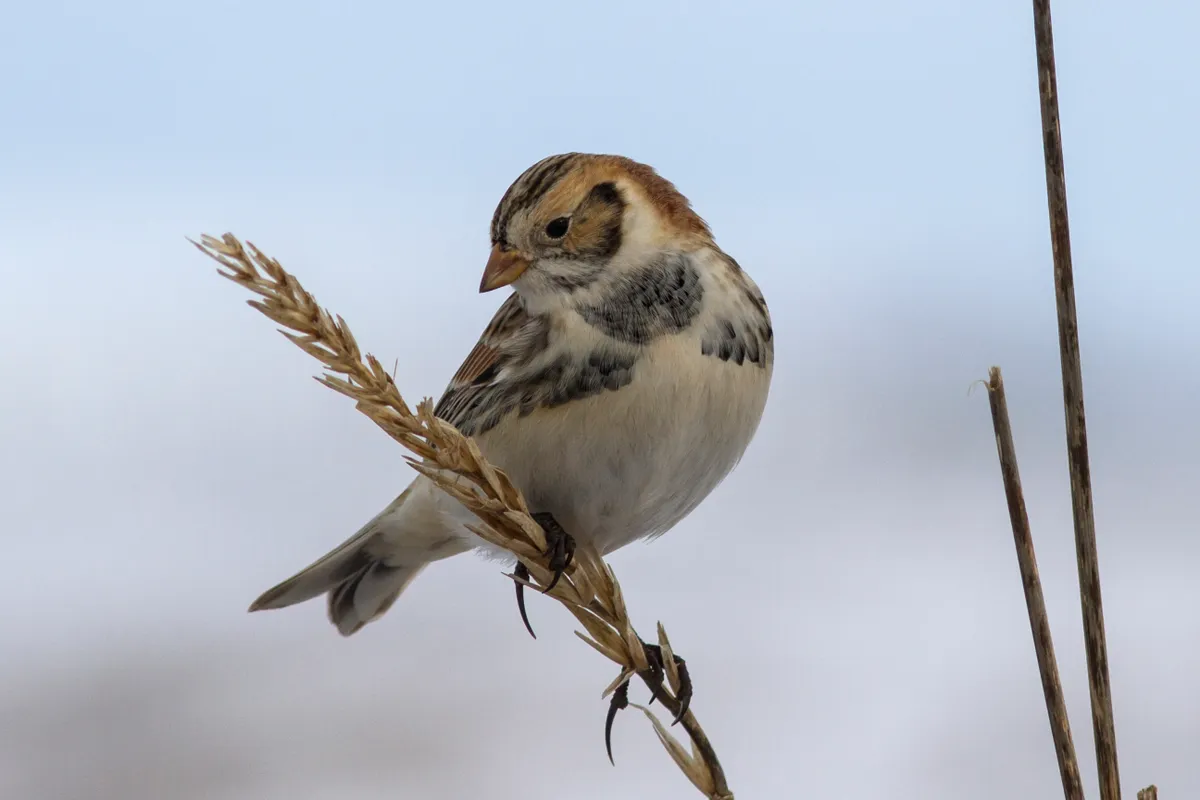The Lapland bunting (Calcarius lapponicus) is a very rare bird in the UK and a lot of birdwatchers, including very keen ones, have never seen one.
However, if you spend a lot of time on the coast in autumn and winter, especially the east coast, you might well run into one.
In this guide we take a closer look at the Lapland bunting, revealing what it looks like, its call, diet and breeding.
Interested in learning more about Britain’s songbirds? Check out our guides to tits, warblers and blackbirds.
Buntings guide
Buntings are a group of seed-eating birds that bear many of the same characteristics as finches. Learn all about these special songbirds, including six species to look out for in Britain, with your expert guide to buntings.

Lapland bunting identification
The Lapland bunting can be confused with a skylark. It has a similar shape to a lark, with a quite heavy body and long wings, and it is also often found in flocks of larks, including on migration.
In the winter, in common with larks and other buntings, it forages on the ground for seeds. If you do find one, check several features: the yellow bill, blackish corners to its cheek, reddish shoulders, mottled black on the breast and a brown wing-bat bordered by white.
Lapland bunting call
The Lapland bunting is a tricky bird to pick out. Actually, make that a “ticky-tick-tick, teu” bird to make out.
That particular call, often heard from a silhouette overhead on autumn mornings, is the sign of a migrant Lapland bunting, a huge thrill for any birdwatcher.
Moving birds can, in theory, be heard almost anywhere. Meanwhile, although it has a fabulous, pleasing, slightly glassy song-phrase, the Lapland bunting is an extraordinarily shy, or lazy singer, the very antithesis of a yellowhammer.
It may sing on its breeding grounds for as little as two weeks, and even then with little enthusiasm. Sometimes it takes to the air to sing.

Lapland bunting habitat and distribution
Breeding not quite so far north as the snow bunting, the Lapland bunting lives in greener, more vegetated, less rocky areas, namely coastal dunes, stubble, saltmarsh and grassland.
In common with snow buntings, they are very much tundra birds in the winter, breeding a long way to the north across the whole of Eurasia and, especially, North America.
Britain's most melodic songbirds
In Britain we are blessed with an incredible variety of beautiful birdsong from late winter into early summer. From the nightingale to the blackbird, here is your guide to the best British songbirds, including how to identify each species.

Lapland bunting populations
The Lapland bunting is a very rare winter visitor in the UK, with up to 310 individuals (Amber List of Conservation Concern). Occasionally the odd pair breeds in the UK.

